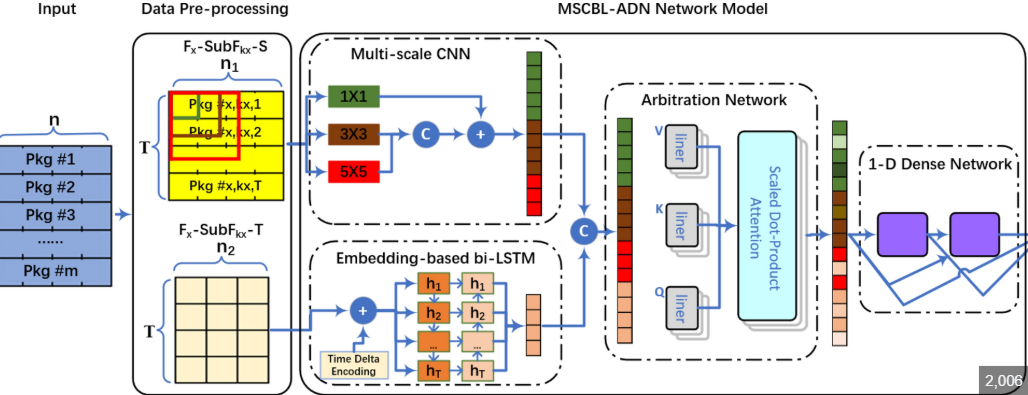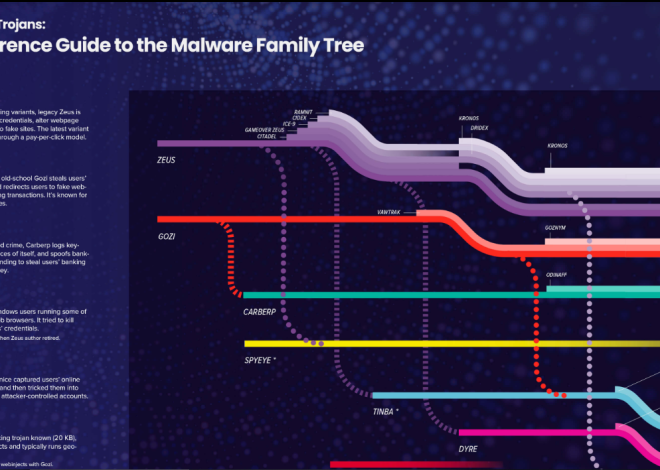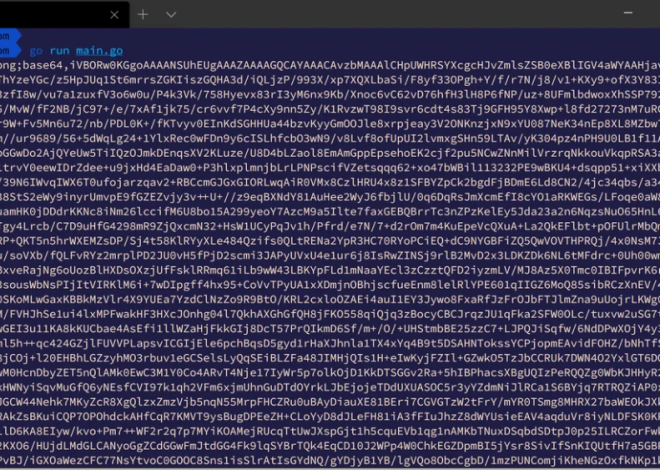
HULK DDOS 2024
Distributed Denial-of-Service (DDoS) attacks remain a persistent threat in cybersecurity, and tools like HULK DDoS 2024 have emerged as potent weapons for disrupting online services. Unlike traditional DDoS methods, modern iterations employ advanced evasion techniques and increased scalability, making them more challenging to mitigate. These attacks overwhelm target servers with massive volumes of malicious traffic, often exploiting weaknesses in HTTP/HTTPS protocols. Threat actors usually favor such tools due to their ease of deployment and ability to cause significant downtime, targeting businesses, government agencies, and critical infrastructure.
Download Link 1
Download Link 2
Download Link 3
Download Link 4
The software in question is a DDoS attack tool designed to generate high volumes of HTTP requests, exhausting server resources and rendering targeted websites inaccessible. It is typically used by malicious actors to disrupt services, either for financial gain, hacktivism, or as a distraction for more sophisticated attacks. The tool operates by simulating legitimate web traffic while employing techniques to bypass rudimentary security measures. Its modular design allows for customization, enabling attackers to adjust the intensity, duration, and target specifics of their attacks.
Key Features of HULK DDOS 2024
| Feature | Description |
| HTTP Flood Capability | Generates a high volume of HTTP/HTTPS requests to overwhelm web servers. |
| IP Spoofing | Masks the origin of attacks by forging source IP addresses. |
| User-Agent Randomization | Cycles through different user-agent strings to evade simple request filtering. |
| Persistent Connections | Maintains open connections to exhaust server resources. |
| Custom Payload Support | Allows attackers to modify request parameters for targeted exploitation. |
| Multi-threaded Engine | Utilizes concurrent threads to maximize attack efficiency. |
How HULK DDOS 2024 Works
The software functions by orchestrating a coordinated flood of HTTP requests toward a target server. Below is a breakdown of its operation:
Traffic Generation
- The tool spawns multiple threads, each simulating a legitimate user session.
- It crafts HTTP GET and POST requests, often targeting resource-intensive pages (e.g., login portals, dynamic content).
Evasion Techniques of HULK DDOS 2024
- IP Spoofing: The software randomizes source IPs to complicate blocklisting.
- Header Manipulation: Request headers, including, are varied to mimic organic traffic.
- Session Persistence: Some variants abuse headers to prolong connections, increasing server load.
Payload Delivery
- Attackers can embed malicious payloads within seemingly benign requests, such as SQL injection snippets.
- If the target has vulnerabilities (e.g., slowloris-like weaknesses), the tool exploits them to amplify the attack.
Resource Exhaustion
- The target’s bandwidth, CPU, or memory becomes saturated due to the sheer volume of requests.
- Legitimate users are unable to access the service, resulting in downtime.


